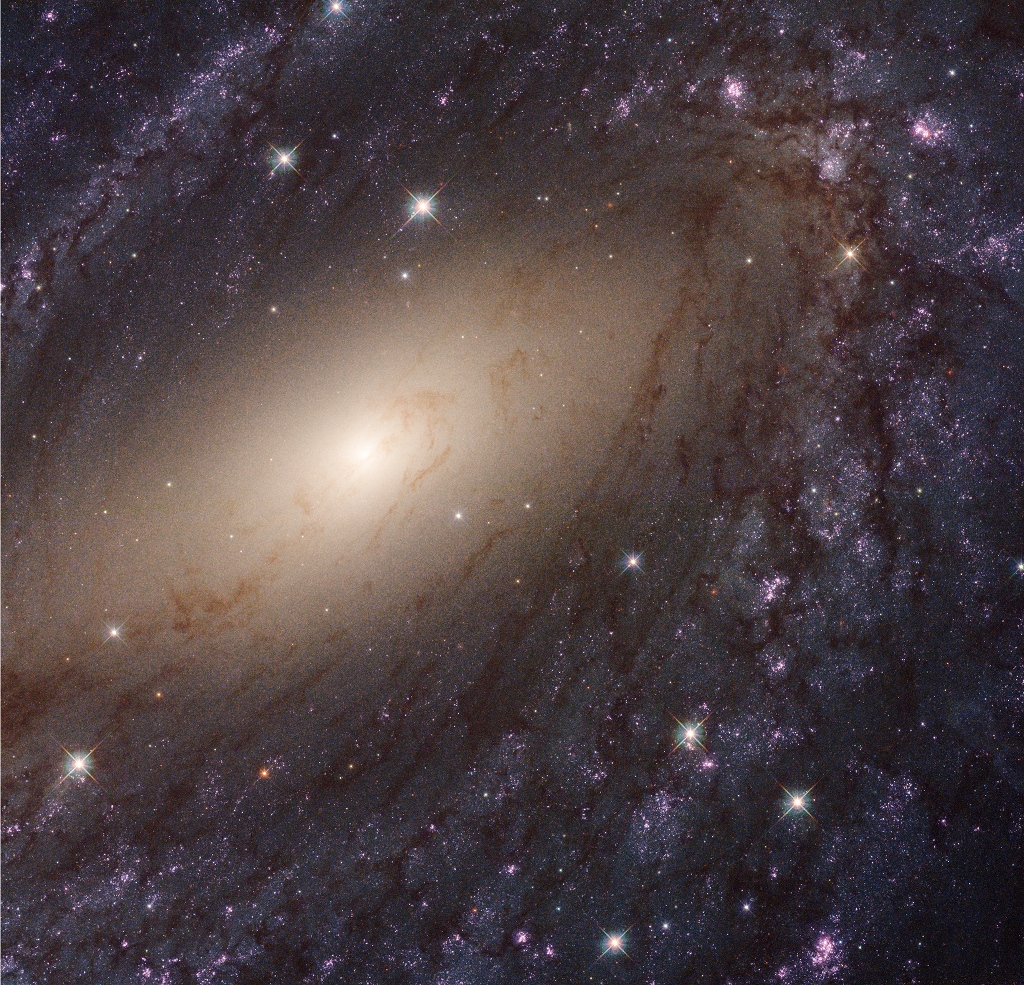As NASA plans for long-term human exploration of the Moon under Artemis, new technologies are required to meet the unique challenges of living and working on another world.
from NASA https://ift.tt/bij4yCr
via IFTTT
As NASA plans for long-term human exploration of the Moon under Artemis, new technologies are required to meet the unique challenges of living and working on another world.
from NASA https://ift.tt/bij4yCr
via IFTTT
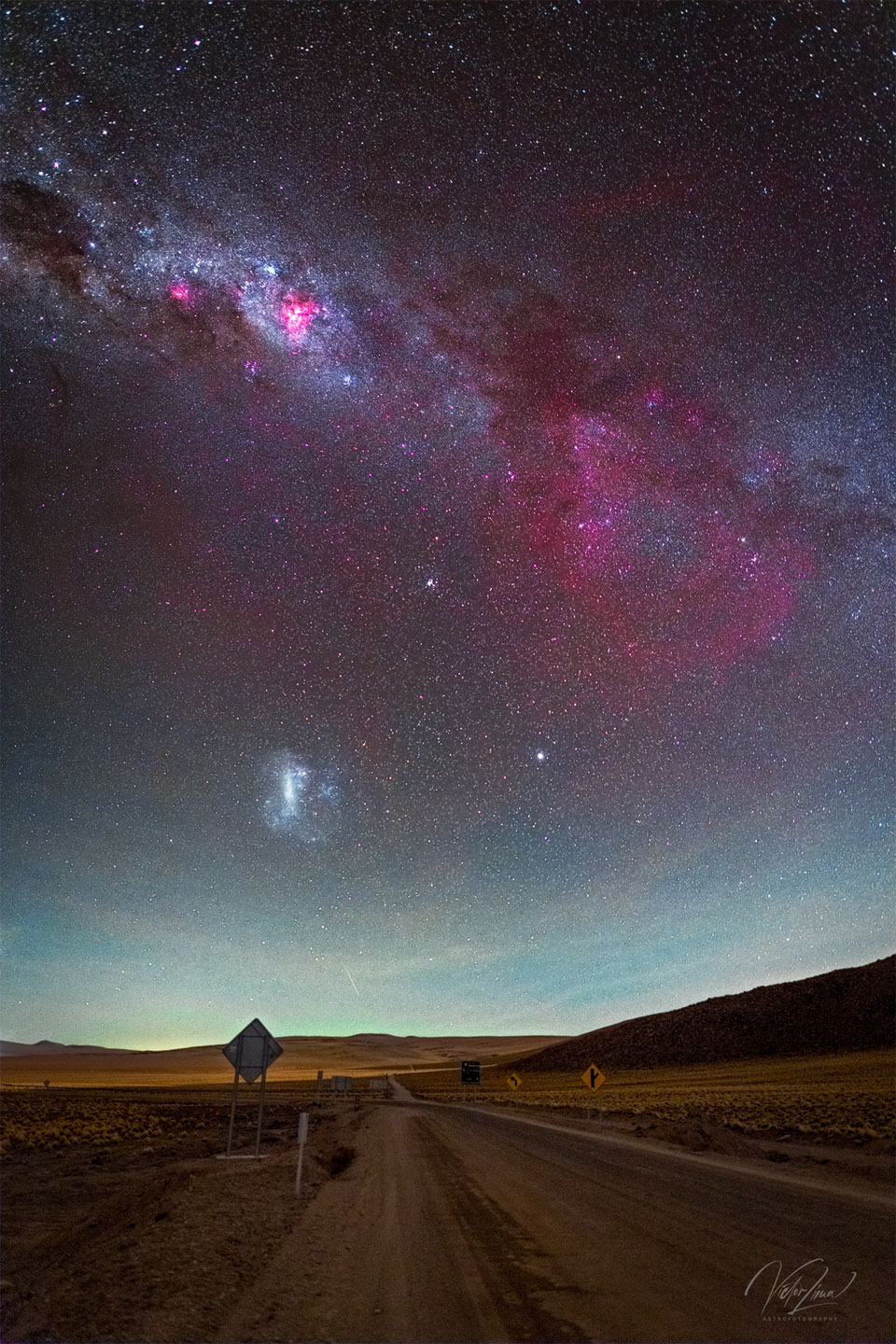

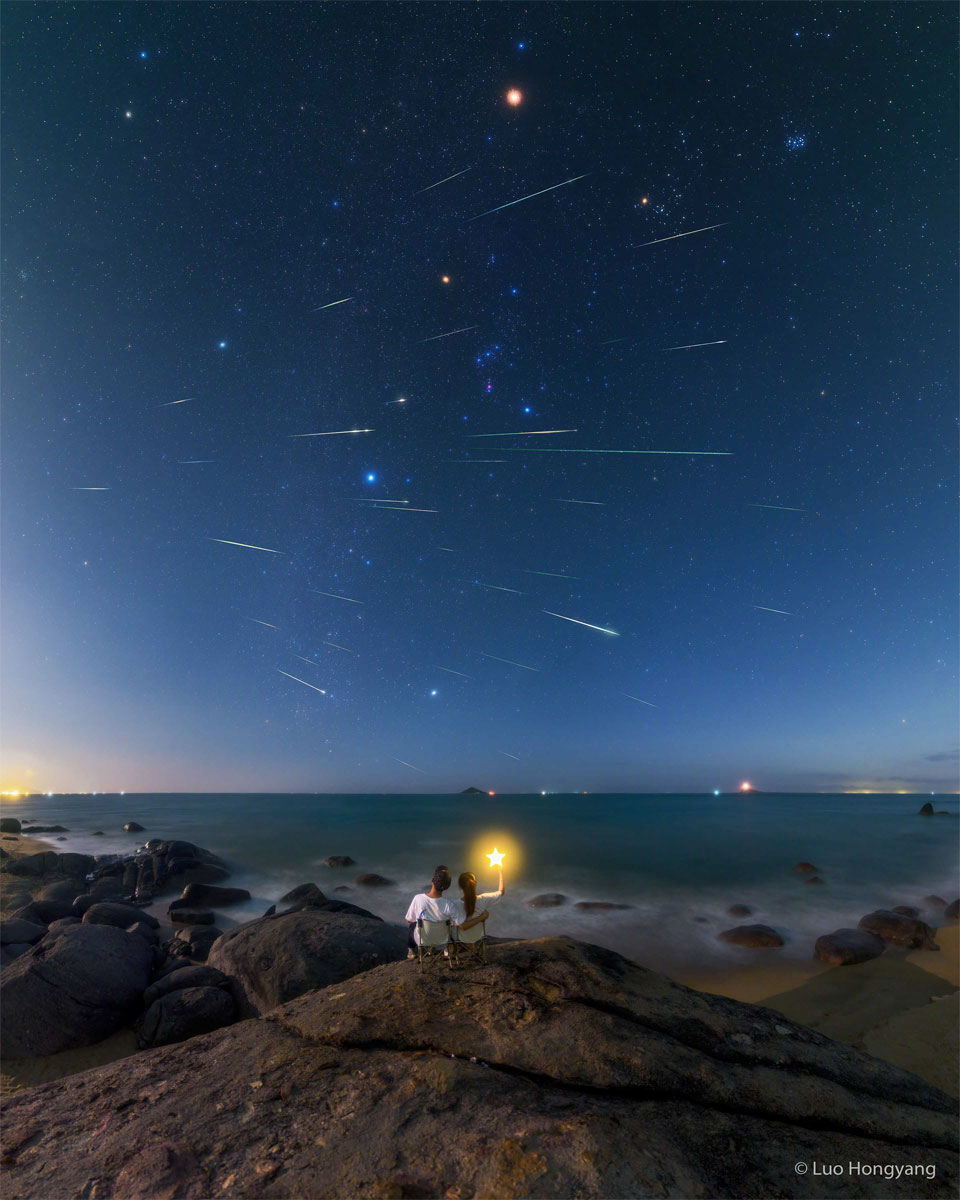
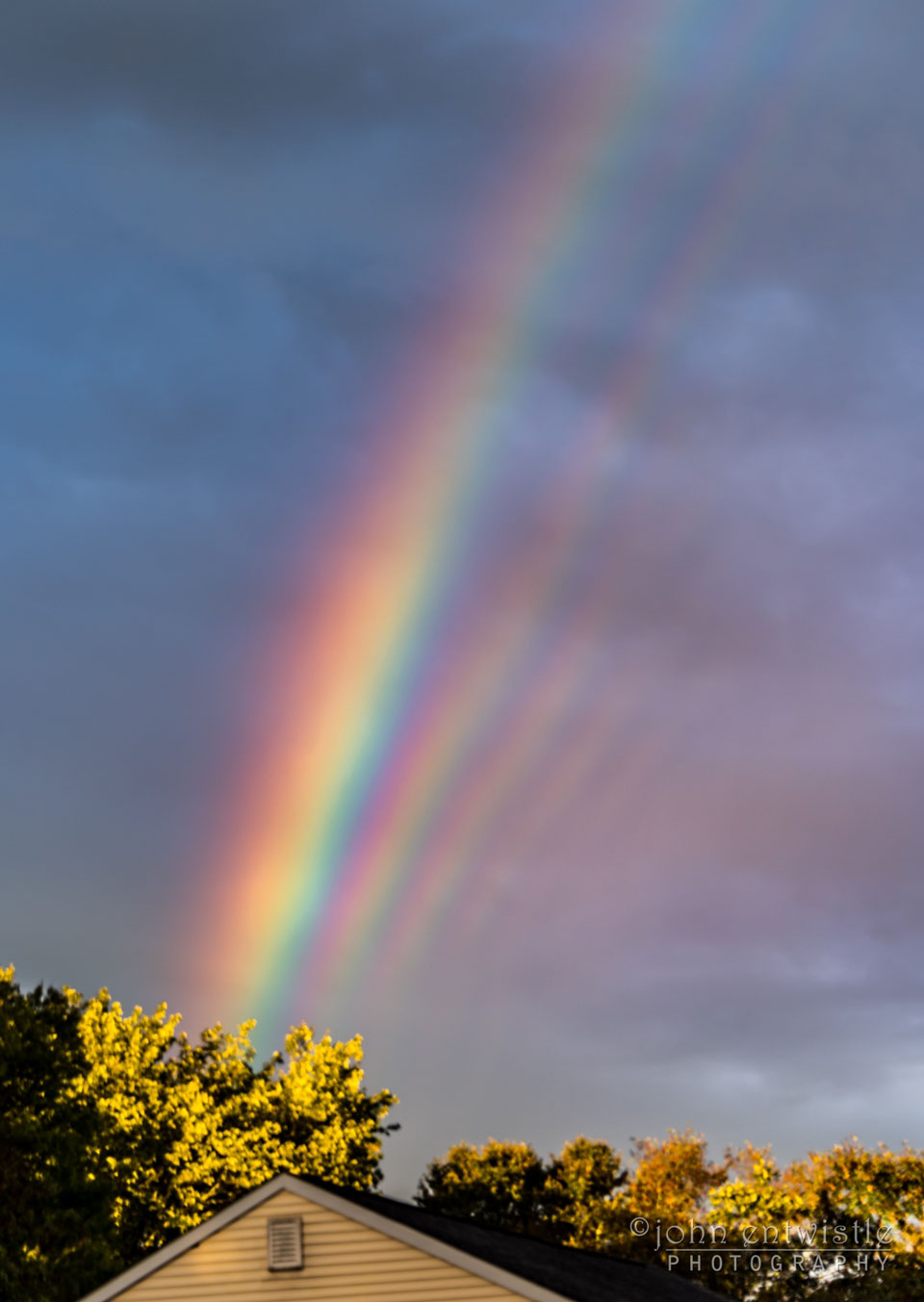
SpaceX’s 26th commercial resupply mission for NASA is on its way to the International Space Station.
from NASA https://ift.tt/1Ki5RJD
via IFTTT
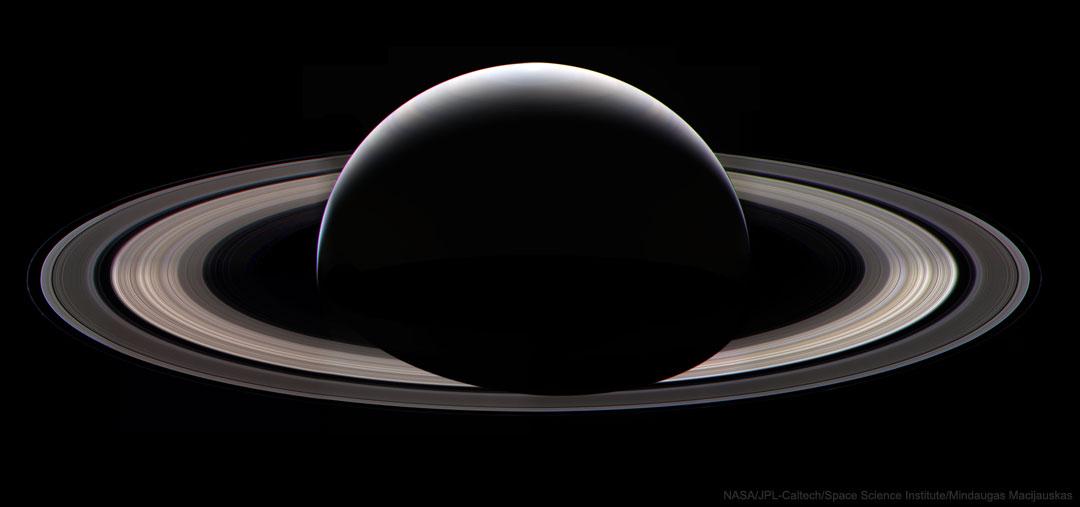
NASA will host a news conference at 5 p.m. EST Monday, Nov. 28, from the agency’s Johnson Space Center in Houston to discuss the status of the uncrewed Artemis I flight test as the Orion spacecraft reaches the mid-point of its Moon mission and its farthest distance from Earth at nearly 270,000 miles away.
from NASA https://ift.tt/xK8LD6n
via IFTTT

